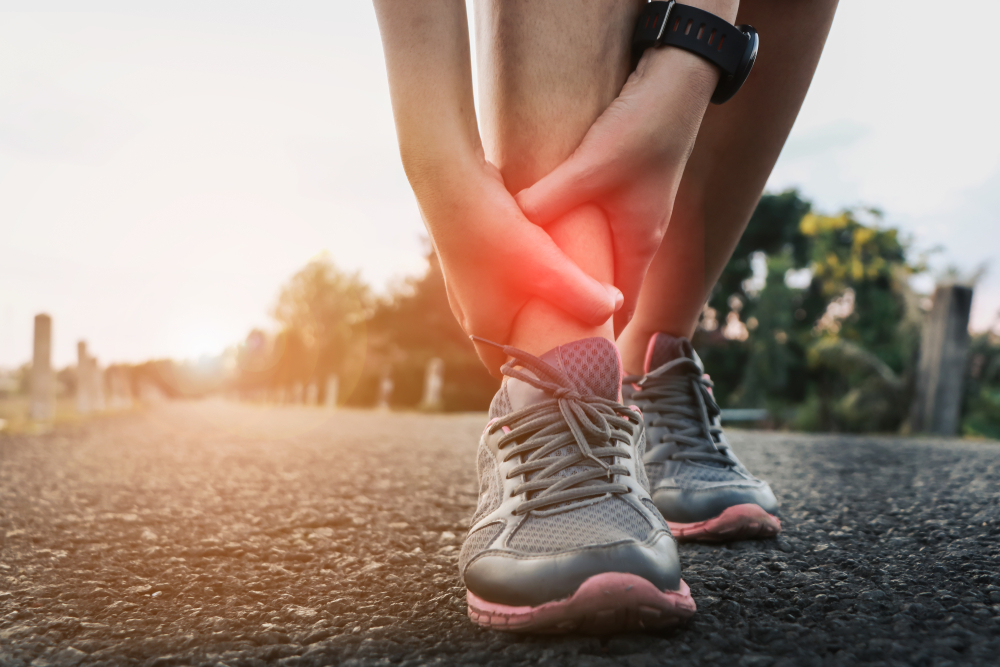Ligament Injuries and Healing

Among the most common injuries that healthcare practitioners and chiropractors see are from damaged or sprained ligaments.
Ligaments are made up of dense connective tissue that holds bones together, supporting every joint in your body. They act to stabilize your joints while at rest and during normal range of motion. Ligaments are important for both stability and mobility in a joint. When a ligament is injured, it disrupts the balance between those two qualities.
This imbalance will lead to an abnormal transmission of forces, which can lead to injury in other tissues around the joint. The most common joints that suffer from ligament injuries are the shoulder, hip, knee, ankle, elbow, and wrist. Research has shown that spinal ligament injuries account for a majority of auto accident injuries, and just like other major joints in the body, they are susceptible to similar outcomes when injured.
According to a study published in the Open Rehabilitation Journal: "Ligaments are composed primarily of water, collagen and various amino acids. Of the total ligament mass, approximately two-thirds is comprised of water and one-third, of solids."
Just like muscles, ligaments can stretch, however, they're not as forgiving as muscles. When you stretch a muscle, it's like stretching a pair of yoga pants — they expand then contract back to their normal size. Ligaments, on the other hand, are like a pair of denim jeans — it takes much more force to stretch them, but when it does happen, you notice tears or fraying in the fibers.
When a ligament is stretched past its physical limitations, the fibers will tear. If the trauma is severe enough, the ligament can rupture all the way through. Damage to the ligament causes a permanent change in the ligamentous fibers.
There is much knowledge on the structure and function of normal ligament tissue, but there is still limited research on ligament injuries and the complicated nature of ligament healing.
Healing within an injured ligament is a complex dance of cellular processes, which "cause alterations in the biology and biomechanics of the injured ligament, leading to inadequate healing and tissue formation that is inferior to the tissue it has replaced" according to the Open Rehabilitation Journal. "The incomplete healing and lower integrity of the new ligament tissue results in ligament laxity, predisposing the joint to further injury. The cycle of injury and laxity causes joint instability which, leads to chronic pain, diminished function, and ultimately, to osteoarthritis (OA) of the affected joint."
Ligaments take a long time to fully heal, and this occurs in three phases: the acute inflammatory phase, the proliferative or regenerative/repair phase, and the tissue-remodeling phase.
- Acute inflammatory: This phase begins within minutes of the injury and lasts up to 48-72 hours. Blood will collect at the site of injury bringing nutrients into the injured area. Platelet cells will interact with certain components initiating blood clot formation. The blood clotting releases multiple growth factors into the damaged area. These different growth factors have a number of different functions. They work together to "attract immune system cells into the area and encourage them to proliferate", aid in new blood vessel formation, which increases blood flow into the area, and "encourage the growth of cells involved in collagen and cartilage formation."
- Proliferative or regenerative repair phase: Remember those immune cells? Now is their time to shine! When activated, they release cytokines, which initiate fibroblast proliferation signals for the rebuilding of ligament tissue. In the beginning, this tissue appears to be very disorganized like scar tissue. Over the next several weeks fibroblasts will work their magic, shaping the tissue into the original orientation. The new tissue is still smaller and abnormal in diameter compared to normal ligament tissue.
- Remodeling phase: During this phase, the collagen begins to mature. This process often lasts for months or even years after the initial injury. Over time, the tissue starts to resemble normal ligament tissue. When you dive deeper into the cellular structure of this new tissue, you will find something critically different. "Evidence suggests that the injured ligament structure is replaced with tissue that is grossly, histologically, biomechanically similar to scar tissue." What does this mean? The newer ligament tissue will not support the joint in the same way that the healthy ligament did. Ligament laxity will result, which will cause functional disability of the affected joint, predisposing it to more soft tissue injuries.
This is how a simple ligament sprain can eventually cause other musculoskeletal problems or imbalances years later.
So, you might be wondering: how do I know if I have a ligament injury? What are my options for treating it?
Watch this space for our next article about ligament treatment and healing!
How Can Chiropractic Care Help with Ligament Injuries?
Along with physical rehabilitation, your chiropractor can work in collaboration with your other doctors to be part of a treatment plan for ligament injuries. Depending on the severity of the injury, adjustments to improve stability, mobility, reduce pain, and improved healing can be an important part of ligament damage recovery.
Contact Dr. Gessert at Pivotal Chiropractic today to get started!
Source: Hauser, R., Dolan, E., Phillips, H., Newlin, A., R., & Woldin, B. (2013). Ligament Injury and Healing: A Review of Current Clinical Diagnostics and Therapeutics [Abstract]. The Open Rehabilitation Journal, 6(1), 20th ser. doi:10.2174/1874943701306010001






